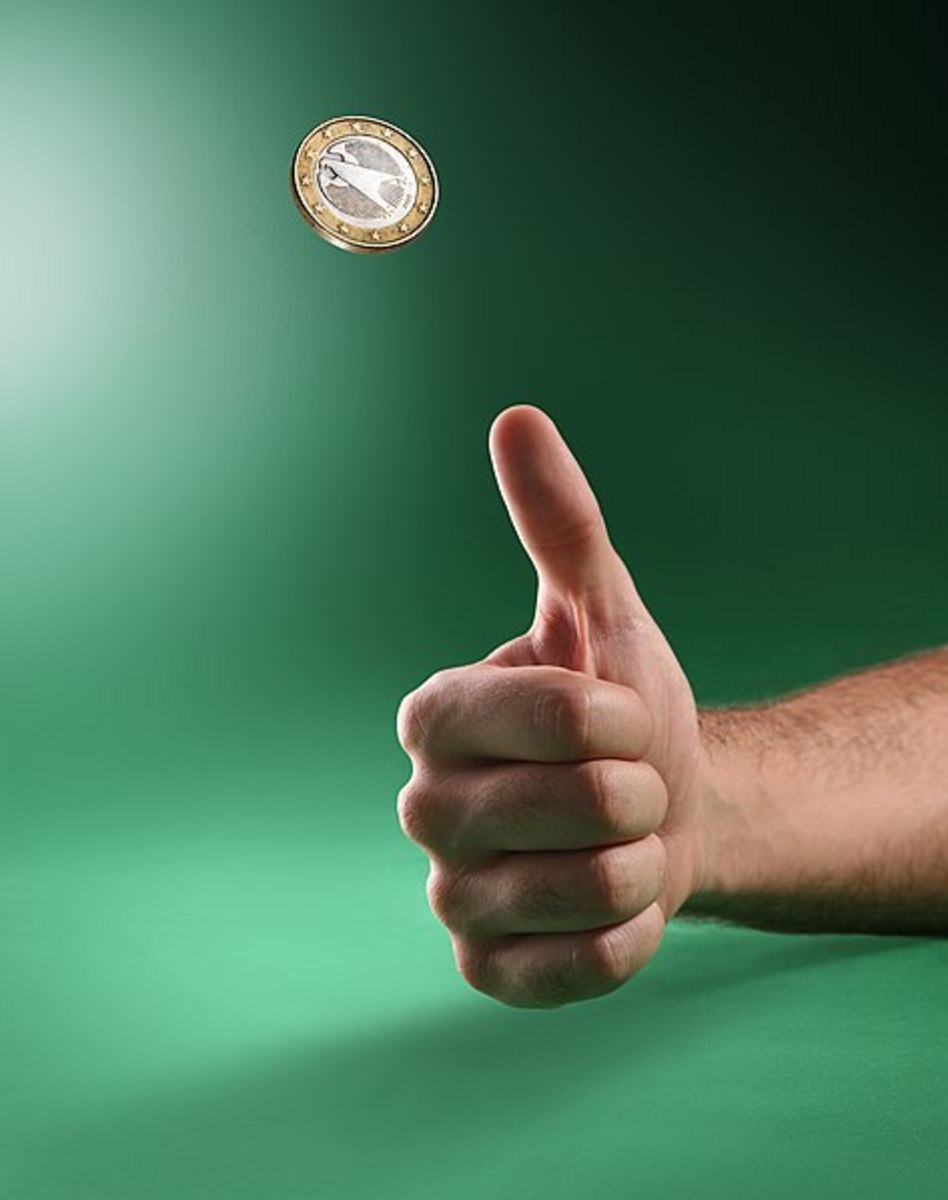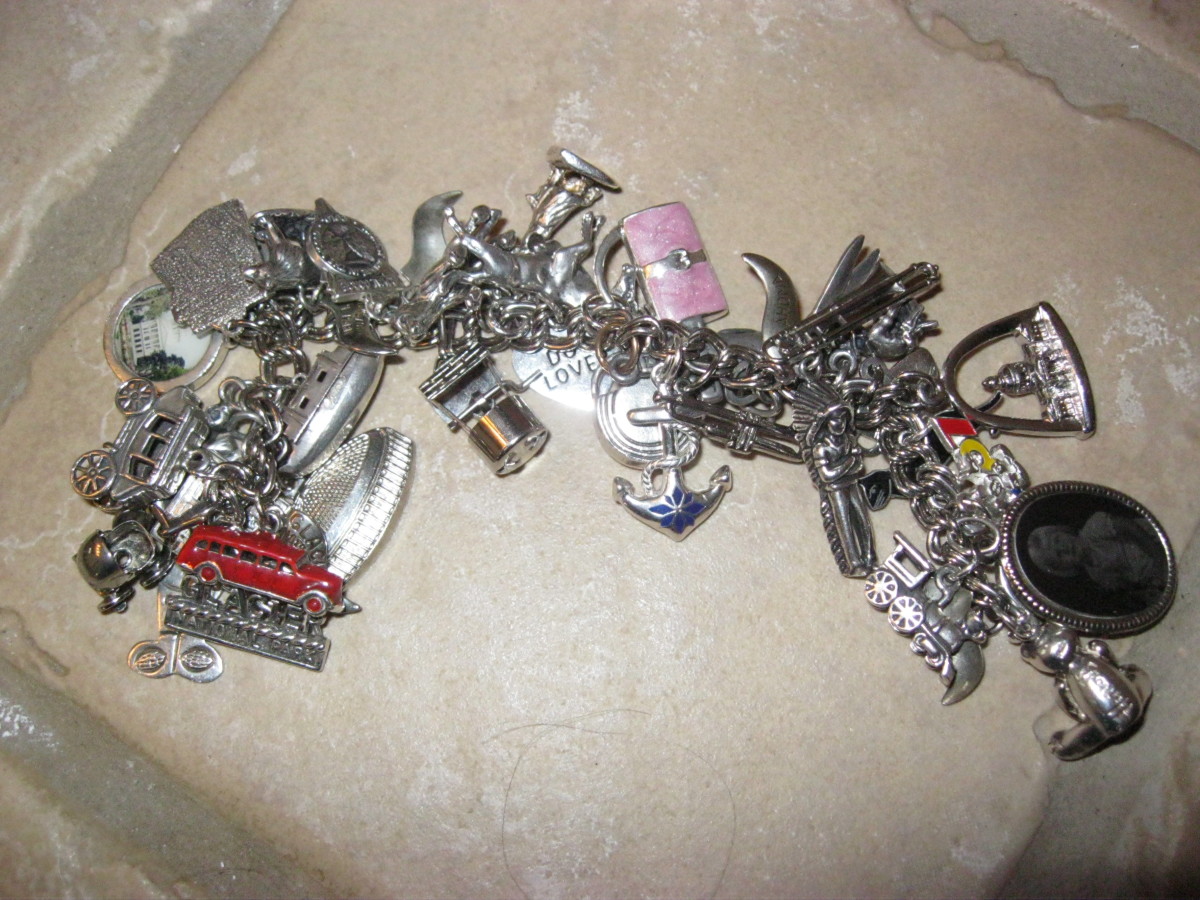Amulets, Talismans and Charms
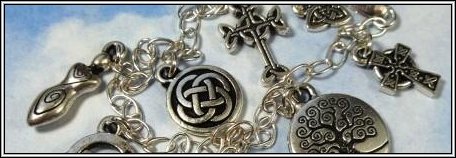

Medieval Pendant
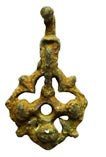
People of all cultures have an affinity for wearing jewelry, whether it’s in the form of bracelets, rings necklaces or whatever. Most wear them as accessories and adornments. There’s nothing wrong with wearing jewelry. The problem is those wearing them, whether knowingly or not, may be wearing something having much deeper symbolic implications.
For instance, Hollywood movie stars and rock music icons often wear predominantly displayed Christian crucifixes despite their personal and stage lives strongly indicating they are anything but. To them it’s simply jewelry.
They could be pagan or witchcraft amulets, lucky charms, spiritually protective pendants, religious medals, love tokens or magical talismans. Amulets for example are routinely worn as pendants or signet rings to ward off evil spirits and offer protection. The origin of amulets is thought by some to date back to King Solomon's time when it’s believed his infinite wisdom could be channeled through various combinations of letters.

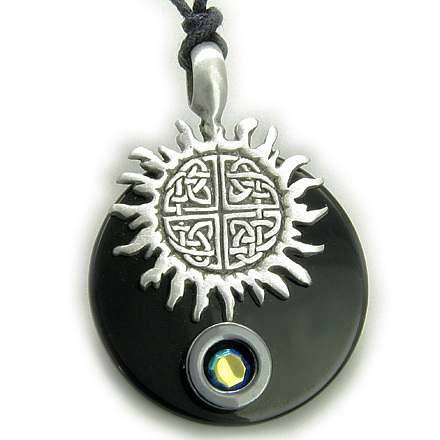
Some may wear a red string around their wrists to ward off the evil eye. This belief can be traced back to Rachel, a matriarch in the Old Testament. It’s said Rachel's tomb was wound seven times with a red string to prevent evil spirits from entering. Many also believe wearing a red string will bring spiritual blessings.
Each of these items has a different purpose. An amulet, for example, is used for protection against evil spirits or an enemy. A talisman is used to attain one’s objective. Lucky charms, as its name implies, supposedly brings good luck and prosperity to its wearer.
Even today, many believe in their mystical powers. In Thailand for example, amulets or lucky charms are commonly worn on a daily basis. In China, many believe their financial successes are due to lucky charms.
Not surprisingly, major religions also use them. Catholics use the crucifix as a symbol of their religion and to protect them from demonic spirits. The Jews have an amulet called the Tallis, is considered one of the oldest in the world. It is originally intended to distinguish themselves from the pagans and is still in use today.
Some may believe these relics have little impact on modern society and are nothing more than mere superstition. But, is this true? Well, not actually. How many use these things to pick their lucky numbers for a lottery?
Hundreds of stories abound about soldiers, firemen or policemen who adamantly swear they avoided serious injury or death by one they wore. Even those who claim not to be superstitious will bend over to pick up a "lucky penny." The fact is, carrying a lucky charm or talisman has been part of various cultures throughout history. Basically, they serve two purposes…attract good luck and ward off evil.
In ancient African culture, carrying the foot, or other part of a fleet footed animal by ancient Africans supposedly enabled the wearer to flee with the speed of the specific animal. Thus, the "lucky rabbit’s foot" was assimilated into American culture by enslaved Africans brought to the New World. It was the same with the Mojo or luck bag used in ancient African Voodoo ceremonies. These bags contained lucky objects or items to cast a particular spell. Mojo bags are still popular today and sold in many magazines and on the web.
Europe, likewise has contributed its share. The Irish have adopted the Shamrock and lucky four leaf clover as a symbol of the "luck of the Irish." During the Crusades, Nordic countries used a “magical alphabet” known as the runes for protection. They were stones carried by soldiers into battle with inscribed symbols of battle success.
During Eastern Europe’s middle ages, legends of vampires and the undead were common, partially due to untold numbers who died in countless plagues. To protect themselves, charms and talismans were employed. It was believed the undead couldn’t attack someone holding a cross. And since garlic was the most commonly used medicine many wore a chain of it around their neck.
On a less religious note, some ballplayers swear by a pair of "lucky socks" they’ve worn during a successful paying streak and refuse to wash them before an upcoming important game for fear somehow the luck will be washed out.
As one can readily see many lucky charms and talismans are still being used today.




